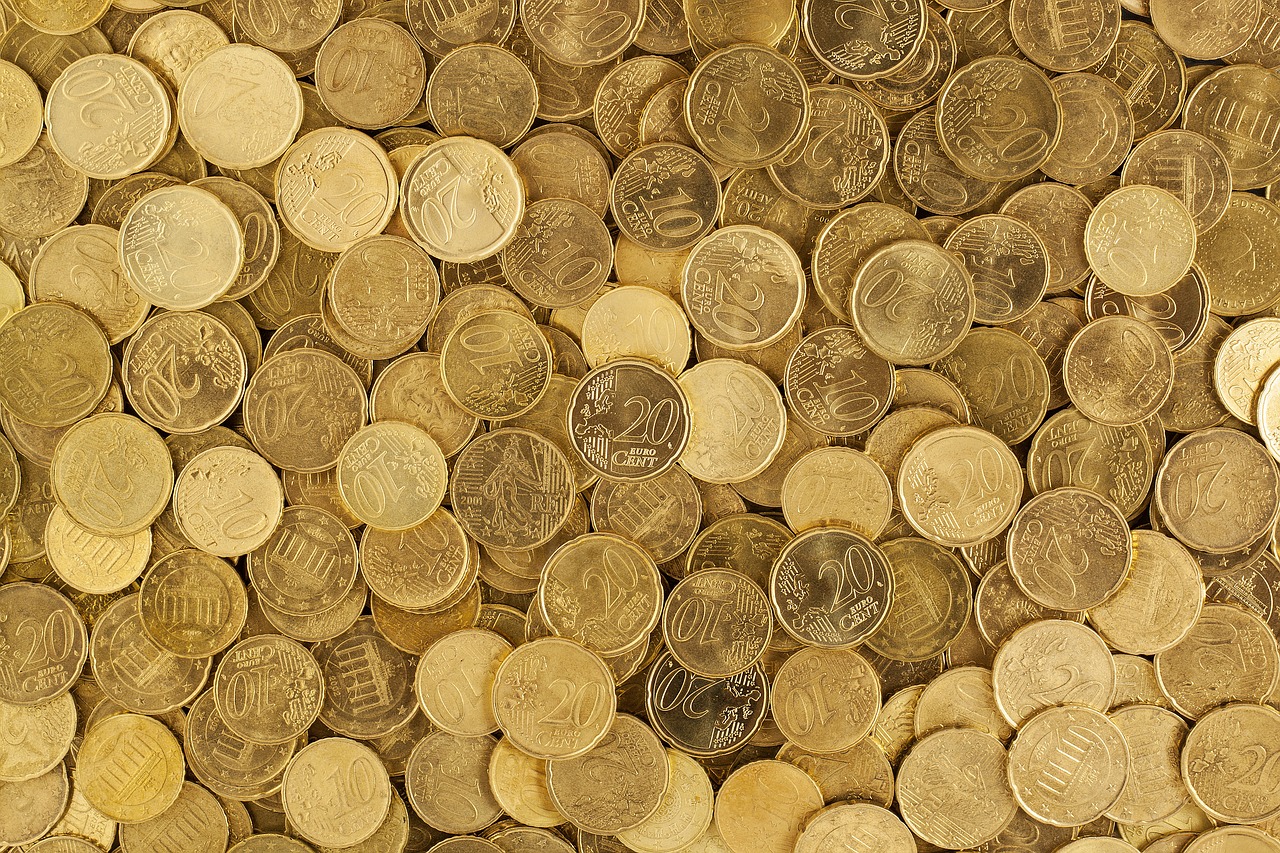Recently, it’s been tough to use the washing machines and dryers in our basements and laundromats. The problem is finding the quarters.
A Federal Reserve task force is investigating the situation.
Coin Use
Many of us don’t have the coins we need for our everyday transactions. The U.S. Coin Task Force tells us that the reason is circulation glitches rather than a shortage.
This is the typical path of a coin:

Retailers are supposed to be giving change as cash and coin to their customers. But, because of the pandemic, we are making fewer trips to coffee shops like Starbucks and other establishments. As a result, the quantity of coins that move from retailers to customers to aggregators (that accumulate coins) is shrinking. We also have homebound shoppers bringing less cash to retailers and retailers asking customers not to use cash. Then, further compounding all of this dislocation, we are sucking on fewer mints and chewing less gum–the items we usually pay for with cash and coin.
Sinking by 26 percent, transactions under $25 that typically require cash were way down. As a result, shown in green, we are using less cash:

The Federal Reserve’s Coin Task Force tells us that there is enough coin circulating. More of it though is at home in huge jars, under couches, in coat pockets, and in our wallets. If you are average, then you have $68 of coins stashed away in a jar. Also, we inadvertently throw away $60 million in coin a year. Summarizing, the Fed’s report says we are using, depositing, and redeeming coins less now than before the pandemic:

Our Bottom Line: Demand for Money
As economists, we can say that the pandemic affected the three reasons we demand money.
- Reflected by the quarters we use to do our wash, we demonstrate a transactions demand for money. For smaller transactions, we use cash. For larger transactions, we need the checking accounts that are called demand deposits and the accounts that fund our debit cards.
- Then, we also demand money for precautionary reasons. We have medical emergencies, our cars need repairs, and our dishwashers break. For those larger expenses, we use another component of the money supply, our savings accounts, and also demand deposits.
- The third category of demand for money is speculative. That speculative category just refers to our investing in money instruments that will return more in the future than we paid for them. One example is the Certificates of Deposits that we buy from banks.
Ending where we began, the missing washing machine quarters are no longer a mystery. Unspent, they are hiding in plain sight.
My sources and more: Yesterday’s WSJ reminded me it was time to return to coin use. Looking back (and quoting) from our previous econlife on coin shortages, we updated the “Diary of Consumer Spending.” And then, happily, the most recent FRBSF supplement had a coin focus.






